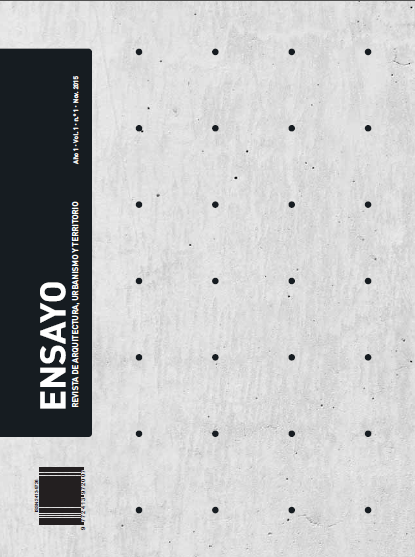Reflexiones sobre densidad urbana y centralidades en la metrópoli de Lima, siglo XXI
DOI:
https://doi.org/10.18800/ensayo.201501.004Palabras clave:
Densidad urbana, Centralidades de integración, Espacio públicoResumen
El estudio de las centralidades se plantea aquí desde la relación con la densidad urbana; parte del proceso urbano de Lima, en el que resaltan cuatro planes con impacto importante en esta relación. El primer plan orientó la expansión extramuros de la ciudad; el segundo constituyó la centralidad única tradicional metropolitana; el tercero generó una baja densidad urbana, por la extensión de los límites urbanos; y el cuarto plantea un esquema conceptual para la integración de las grandes áreas de expansión mediante centros de servicios integrales. Así se marca una estructura urbana que consolida la gran centralidad única y diversas aglomeraciones de viviendas dispersas en su expansión periférica.
En la última década se consolida la conformación de un territorio continuo, pero que se mantiene funcionalmente disperso en sus equipamientos y difuso en su morfología. En el marco de la compacidad urbana, se propone una aproximación metodológica para conformar centralidades de integración. El análisis considera las escalas urbanas orientadas hacia el estudio de la reestructuración urbana, la articulación espacial y funcional de los centros —en relación con áreas y otros centros del entorno— y la habitabilidad del espacio público como soporte para las dinámicas cotidianas de los centros. Los avances re?ejan el aporte en identi?car atributos para conformar centros en centralidades de integración.
Descargas
Descargas
Publicado
Cómo citar
Número
Sección
Licencia
Derechos de autor 2024 Ensayo: Revista de arquitectura, urbanismo y territorio

Esta obra está bajo una licencia internacional Creative Commons Atribución-NoComercial-CompartirIgual 4.0.





